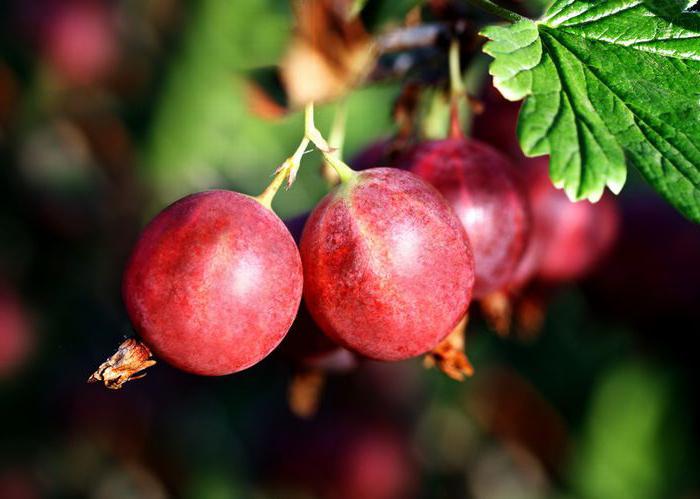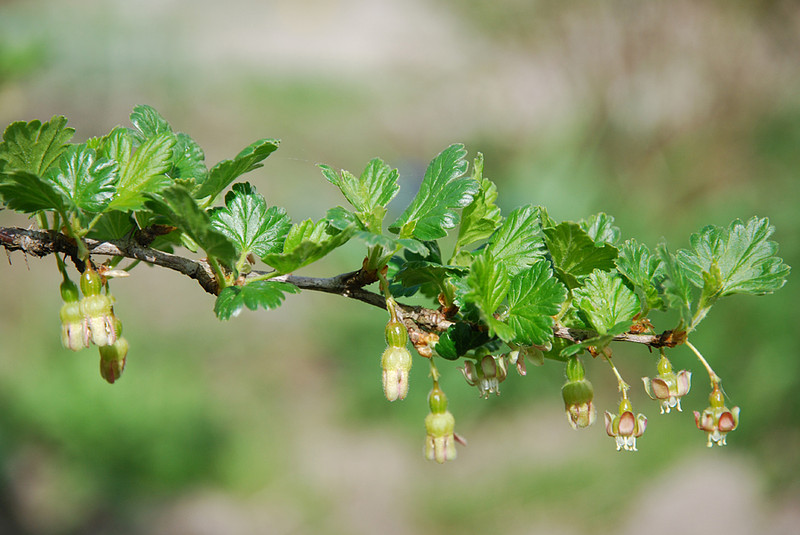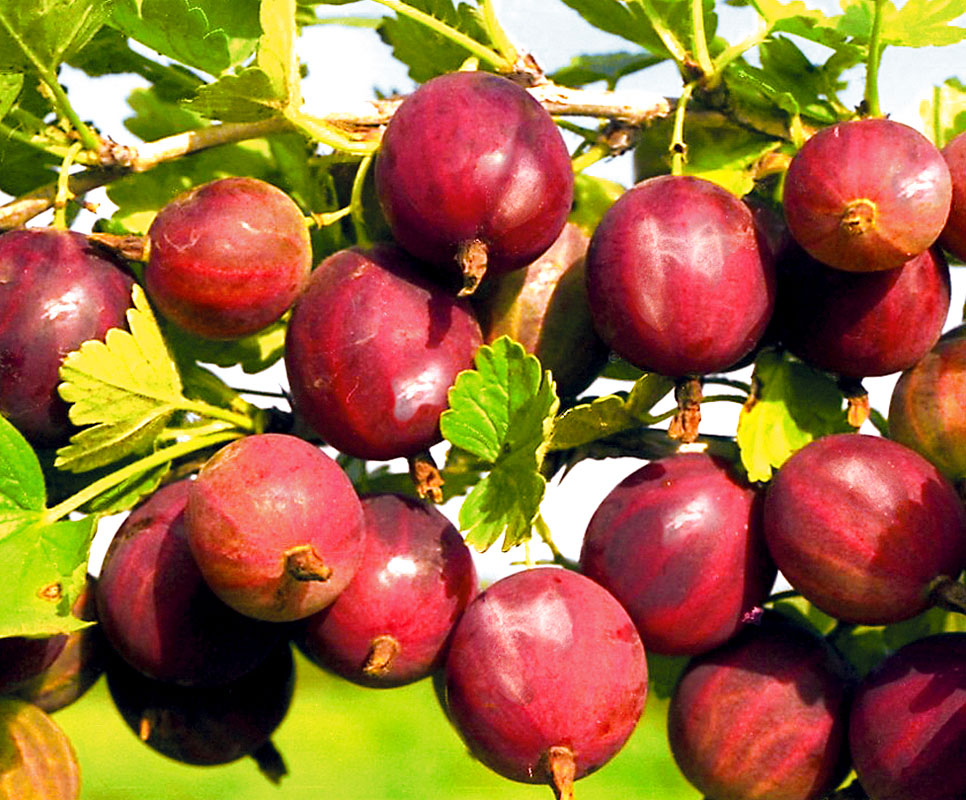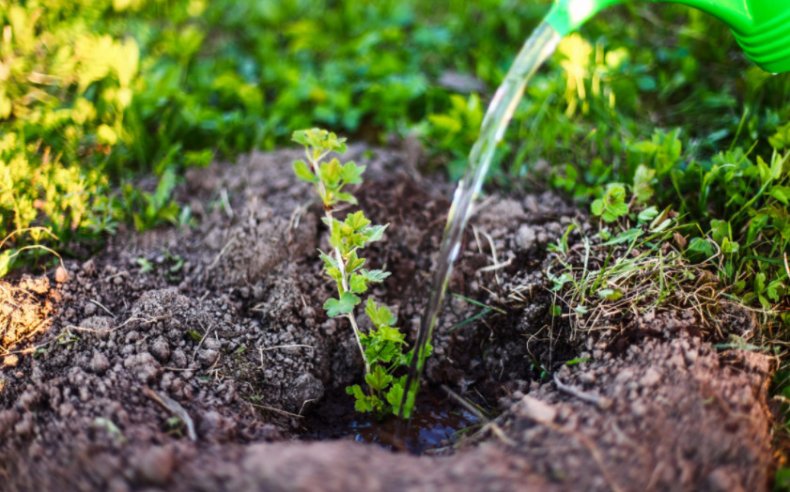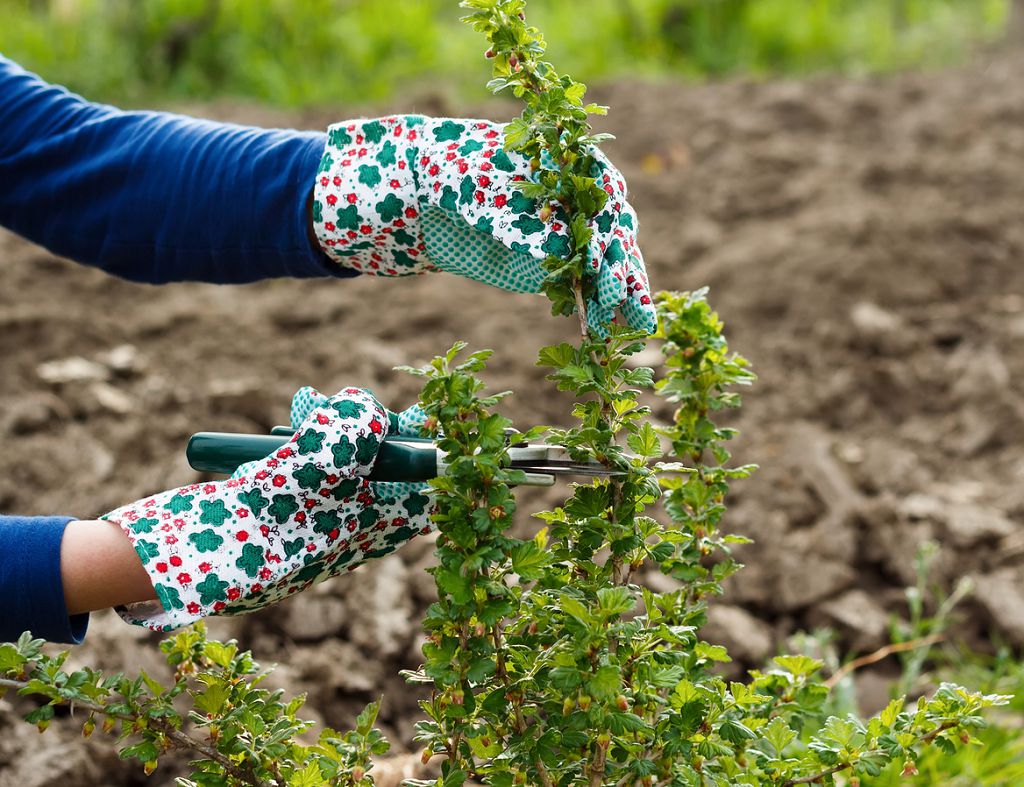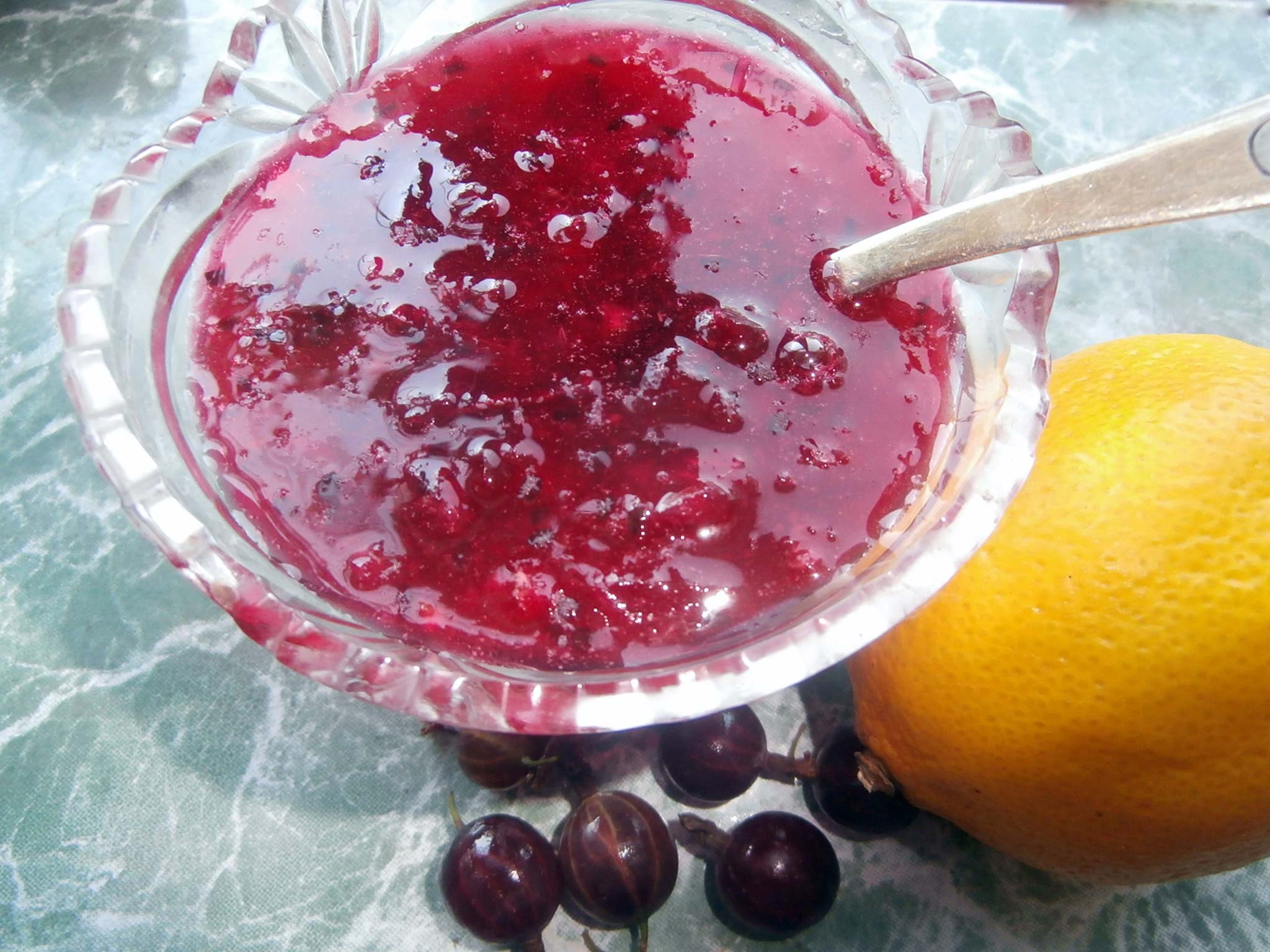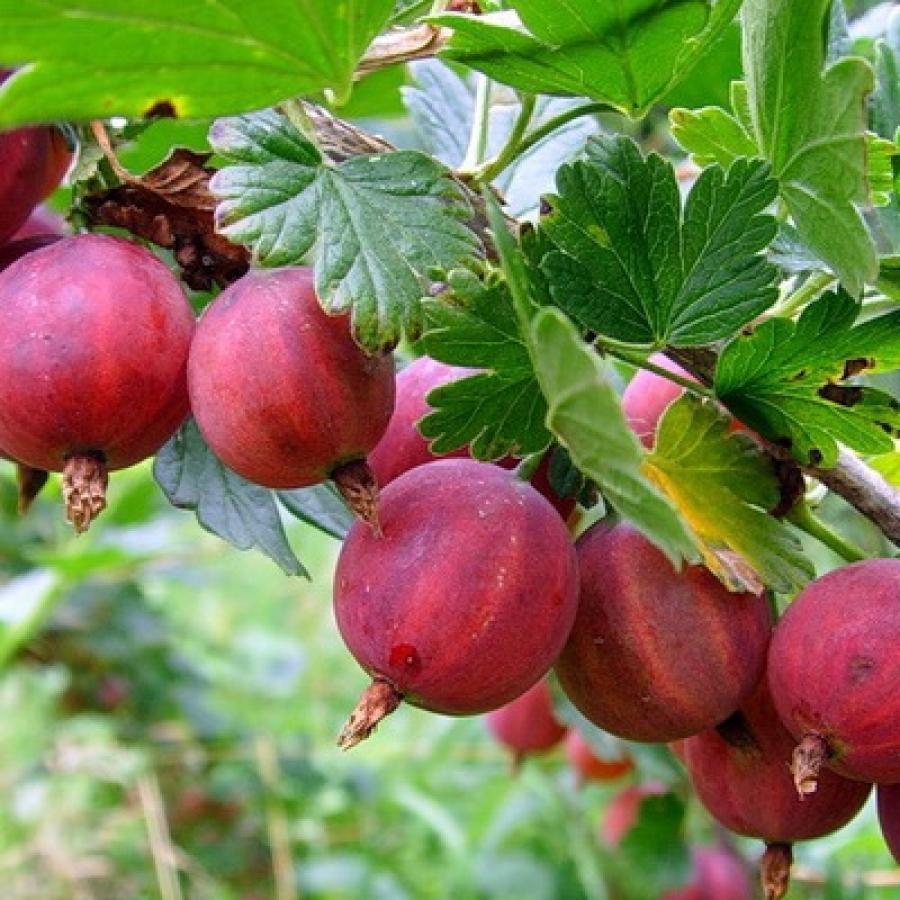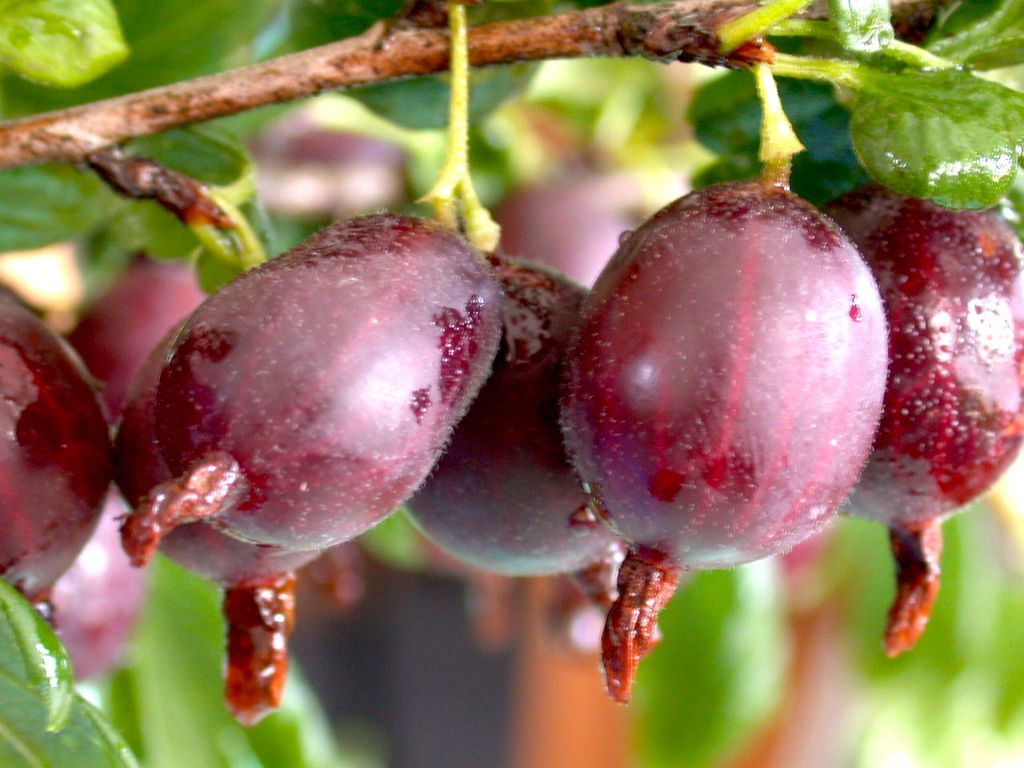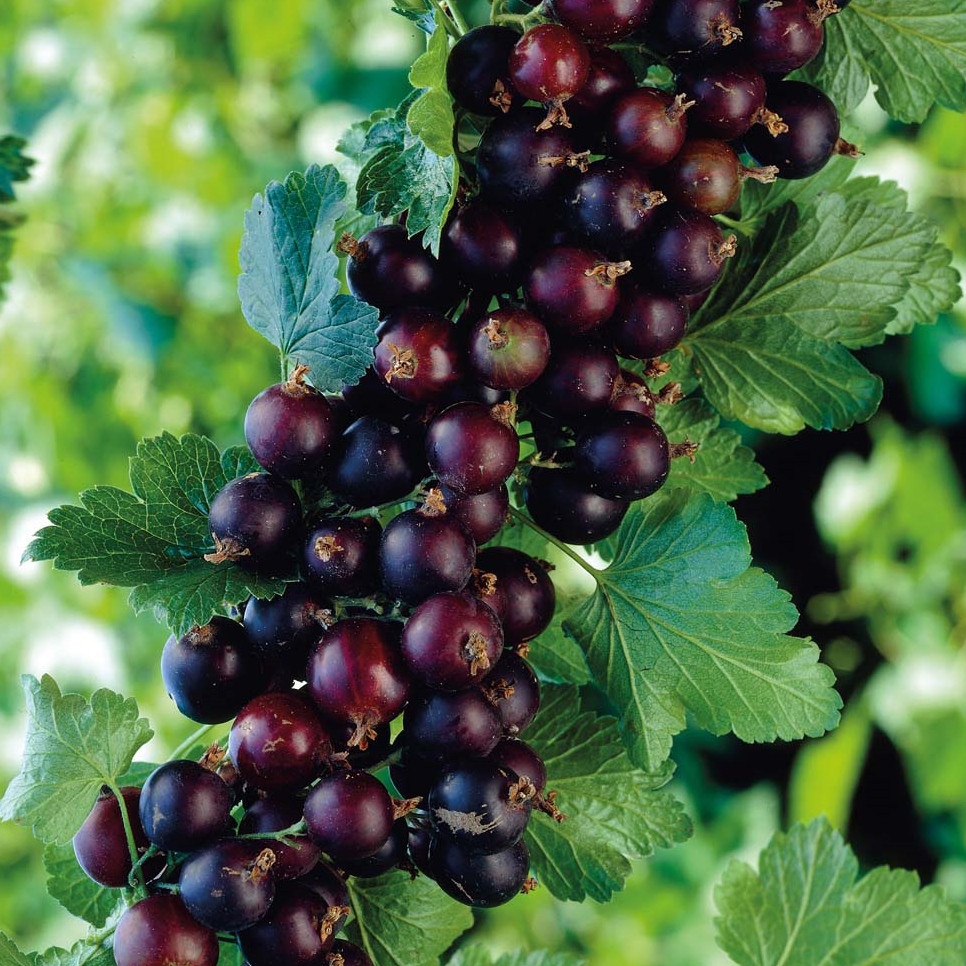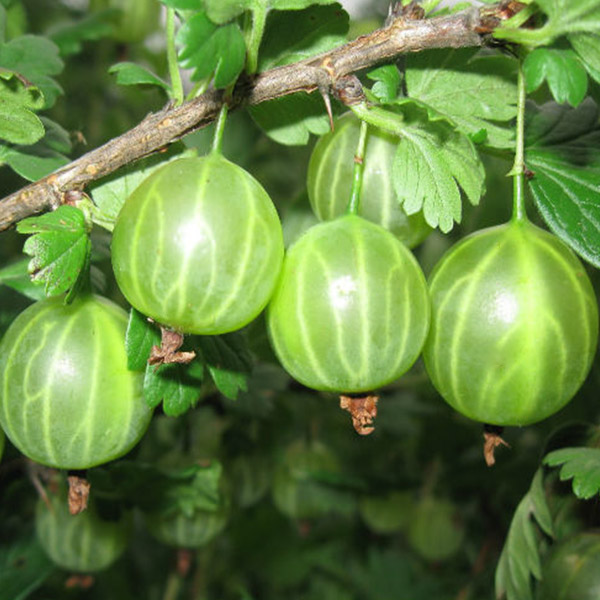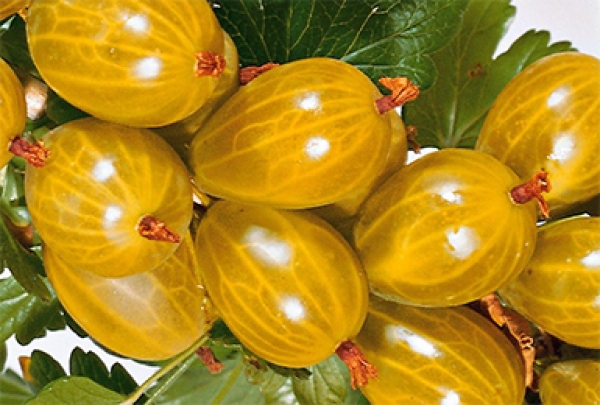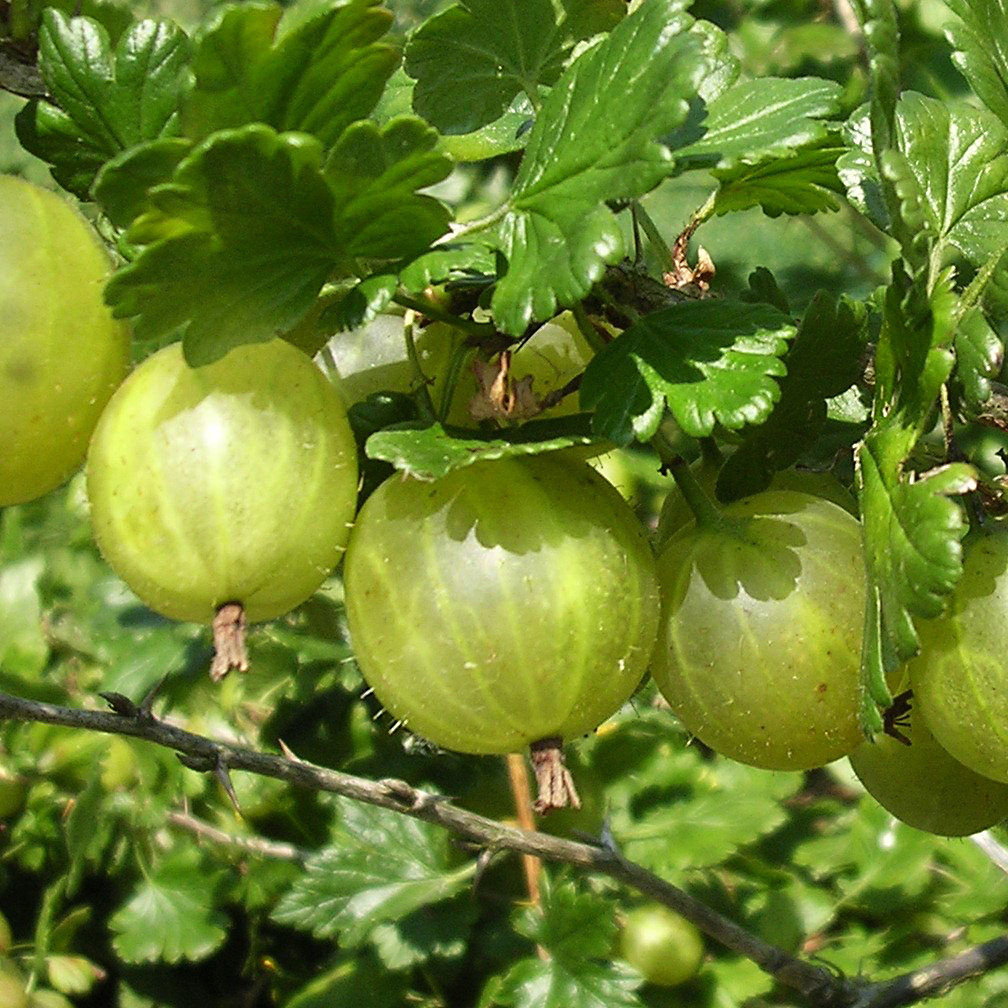Content:
Gooseberry is a high-yielding berry crop. The plant has positive reviews and is popular among gardeners. Feels great in regions with a temperate climate. The shrub yields a good harvest of delicious fruits every year. Berries are valued not only for their pleasant sweet-sour taste, but also for their beneficial properties. In fruits, vitamins C, P, A, B, folic acid, microelements coexist.
Important! Gooseberry has a beneficial effect on metabolic processes in the body, removes toxins, normalizes blood pressure, cleanses, strengthens blood vessels, and prolongs youth.
Breeders have bred a large number of crop varieties. Among them there are many shrubs without thorns. However, summer residents still prefer gooseberries with thorns. This is no coincidence - the berries have a higher taste, the bushes are not whimsical to weather conditions.
Among these varieties, the red Krasnoslavyansky gooseberry stands out. It was brought out by domestic scientists. The process of creating culture took place in Leningrad. Krasnoslavyansky's parents are Oregon, Avenarius. In 1992 Krasnoslavyansky took a place in the State Register of Breeding Achievements.
Characteristics and features of the variety
Frost resistance
Gooseberry Krasnoslavyansky is a frost-resistant culture. It tolerates severe winters without any problems, when the air temperature drops to -30 ... -35 degrees. The only condition is that the bush must be under snow cover. Snow reliably protects the plant not only from frost, but also from winds that gooseberries do not like. If the snow cover is small, and the temperature began to drop sharply, then the culture needs to be covered with a layer of snow.
Yield
The shrub belongs to varieties with an average ripening period. Together with Krasnoslavyansky, the varieties Mashenka, Consul, Prunes, Salut ripen. The first ripe berries are harvested in early August. The bush bears fruit for about half a month. Fruit ripening is friendly. The collection is easy. The berries are separated from the stalks without much difficulty. During the season, 4-7 kg of berries are harvested from the plant. After planting a seedling, the gooseberry begins to bear fruit in the second year, the maximum yield gives after 6-8 years. Until that time, summer residents collect 1.5-3 kg of fruits from the bush.
Important! Gooseberry Krasnoslavyansky is considered a long-lasting culture. With constant and proper care, the shrub can bear fruit for 20-30 years.
Bloom
Krasnoslavyansky blooms in May or early June. Flowering lasts an average of one to two weeks. After this process, ovaries form on the hands. Flowers are self-pollinating. They have one pistil and five stamens. The flowers resemble bells in shape. Color - pale, light yellow. The size is medium. The number of petals is five.
There are one or two flowers on the brushes. Three-flowered brushes are less common. The number of brushes on each branch is from 10-15 pieces. The harvest should be expected 1.5-2 months after flowering.
Note! Gooseberry flowers do not like cold very much. If prolonged frosts occur during the flowering of the crop, this can negatively affect the harvest.
Description of the bush
Krasnoslavyansky gooseberry grows up to 1.3-1.6 m. Growth intensity is average. Shrub - compact, neat. The branches are not spreading, not powerful, of medium length and width. They are straight. They grow up, in different directions, due to this, the bush takes on a spherical shape.Emerald shoots, darker closer to the roots: green turns into brown.
The leaves are small with a thin stem. The shape is rounded. The color is dark emerald. They are matte, partly there is a touch of gloss. Mild wrinkles are present. The leaves are made up of lobes. Down a little. The edges are obtuse. They are located at a slight angle relative to the shoot.
The peculiarity of the variety is the abundance of thick thorns. They cover all branches. Angled. The thorns are sharp. They cling to clothes. Color - dark brown.
Fruit
The Krasnoslavyansky gooseberry, whose variety description contains data on large fruits, actually has berries from 4 to 6 grams. each one. The shape is round or oval. Color - burgundy purple with light stripes. The skin is velvety, elastic, thin, but firm. The inside of the berry contains from 25 to 50 seeds. The amount of dry matter is 13-15%.
The pulp is juicy, fragrant, pale scarlet. Taste qualities are very high, dessert. The taste is delicate, richly sweet, there is a pleasant hint of sourness.
There are many vitamins and minerals in red berries.
Among the nutrients:
- Vitamins A, B, P;
- Folic acid;
- Vitamin C;
- Serotonin;
- Iron;
- Potassium;
- Phosphorus;
- Calcium;
- Zinc;
- Copper;
- Manganese.
Additional Information. Serotonin is called the hormone of joy. There is enough of it in gooseberry fruits. Berries help fight depression. In addition, serotonin has anticancer effects.
The fruits ripen together, do not fall off, do not crack. They are suitable for fresh consumption, preparation of desserts, preparations for the winter. This is a dietary product. Energy value per 100 gr. - 43 kcal. The variety makes a delicious red jam.
The berries are stored for a long time, the Krasnoslavyansky gooseberry is not afraid of transportation. Fresh ripe fruits can stay in the refrigerator for a week without losing their taste. The shelf life of frozen fruits is five months.
Landing
Krasnoslavyansky gooseberry is planted in spring or autumn. Berry crops should not be planted on a plot of the garden where raspberries and currants were previously located. The variety loves warmth and sun. The plant must be protected from winds, shadows. The site is prepared several months before the intended landing procedure. A hole is dug 50 cm deep and 60 cm in diameter. All roots and weeds are removed. A mixture of soil, humus, ash, superphosphate is laid there. The pit is well watered and covered with earth. In a few months it will be possible to plant Krasnoslavyansky gooseberries there.
It is best to buy seedlings with 20-centimeter roots, several shoots, the height of which is 40-50 cm. The bush should be intact. Container seedlings are ideal for planting in the spring months. The seedlings are one to two years old.
Note! Gooseberries that grow in the shade have long, thin branches. The fruits on them are too small. The lack of light affects the ripening of the berries, which are unevenly colored red.
The variety is not picky about the type of soil. However, the culture grows best in loose soil, which has a weak acidity. Before planting, the roots are left in water for an hour, and then placed in a solution of clay, water, manure, a growth stimulator. The landing is carried out in a 50-centimeter hole. The seedling is slightly inclined. The roots are straightened. The plant must have enough room to develop its root system. It is planted at a distance of 1.5-2 meters from other bushes. The gooseberries should be about 3 meters away from the trees.
The seedling is watered abundantly, mulching with sawdust is carried out. Shoots are partially cut off, 3-5 buds are left. To prevent the bush from being damaged by drafts, a self-made fence made of metal sheets or pieces of wood is installed.
Care
The gooseberry variety Krasnoslavyansky is not picky about care.Like other similar berry crops, it must be cut off, watered, loosened under the bush, and weeds must be removed in time.
Pruning involves the traditional annual formation of the shrub. It is better to do this in the fall, since in the spring the culture tends to move away from the cold season too early and immediately begins to develop.
Attention should be paid to watering during the emergence of shoots and when the berries begin to ripen. The variety is abundantly moistened before wintering. Recommendations for the amount of water - 5-7 buckets per bush. After that, soil mulching is performed. Sawdust is suitable for this.
There are no special recommendations for feeding for this variety. It is fertilized in the same way as other types of gooseberries. Complex fertilizers and nutrient mixtures are used.
Additional Information. The cultivar is immune to common diseases, including powdery mildew. Pests do not like him.
Krasnoslavyansky is a frost-resistant plant, but it is still necessary to prepare it for winter. All fallen leaves that are next to the bush are removed. As a prophylaxis of diseases, protection from insects, the bush is sprayed with Bordeaux liquid, the ground under the plant is watered with a weak solution of potassium permanganate. The soil is dug up, fertilized, a thick layer of mulch is applied. Peat is suitable as mulch. If the winters in the region have little snow, then the bushes are wrapped in agrofibre.
Advantages
- Not picky about the type and composition of the soil in the same way as the Lada variety;
- High self-fertility;
- Stable annual yields;
- Krasnoslavyansky, like the Redball and Konservny varieties, is immune to common diseases, including powdery mildew;
- Excellent taste. The berries are sweet, with a thin skin. There is a piquant sourness;
- Large fruits resembling berries of Redball, Plum, Grossular varieties;
- The variety is not afraid of transportation, the fruits are stored for a long time. This reminds Krasnoslavyansky varieties Invicta, Green rain, Emerald.
disadvantages
- Fruits may peel off after ripening;
- The main drawback of the variety is its sharp thorns located along the entire length of the shoots. This characteristic of Krasnoslavyansky gooseberry makes it similar to varieties such as Plum, Malachite.
Despite the presence of thorns, the Krasnoslavyansky variety is attractive to gardeners. It produces a good harvest every year. Picking berries is easy. They make delicious preparations, especially red jam. The fruits can be eaten fresh, frozen, added to dishes. It is not difficult to take care of the bush. A novice gardener will also cope with this.
